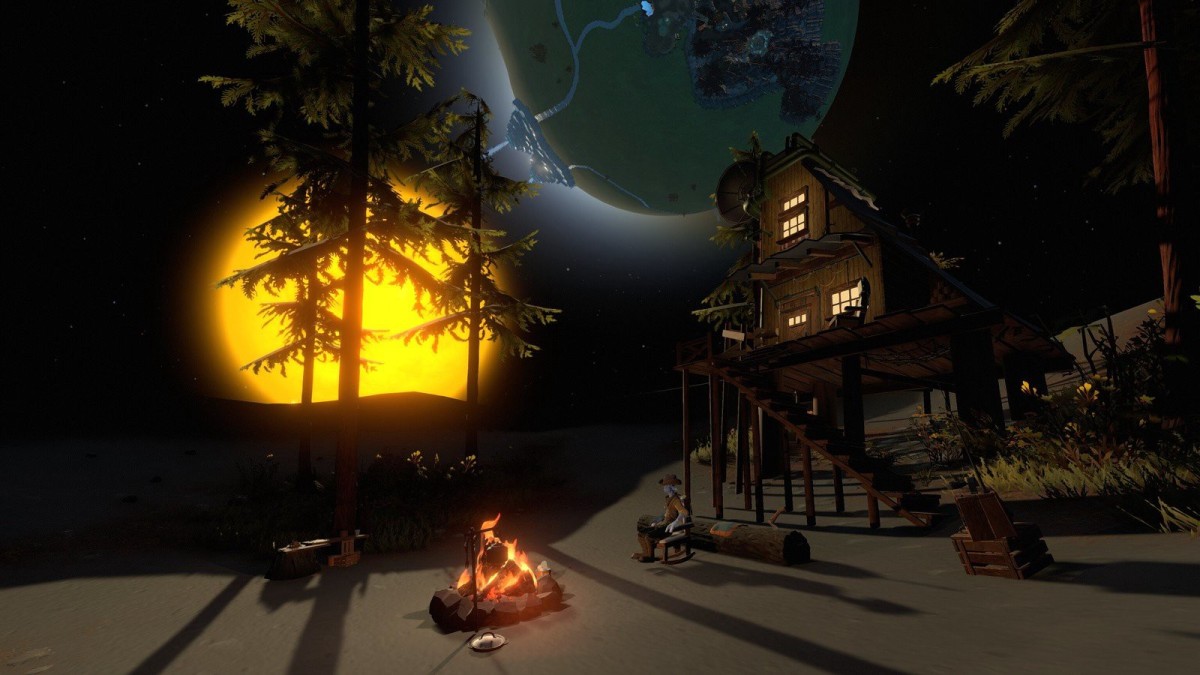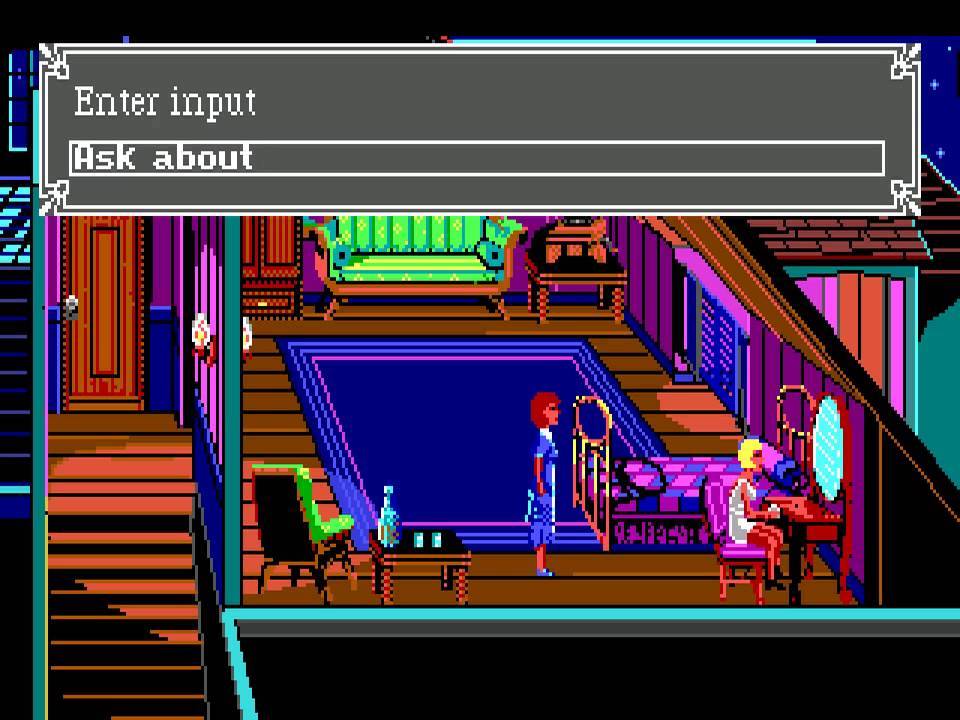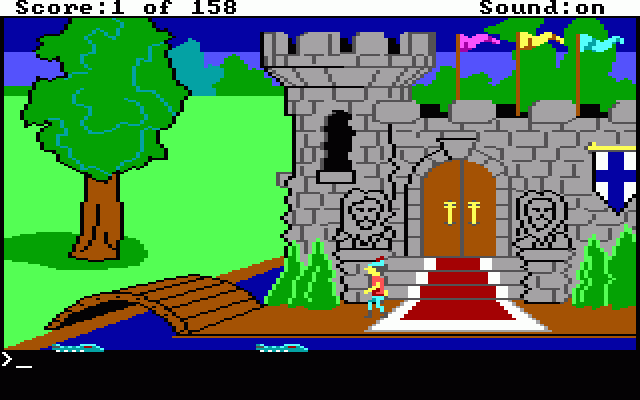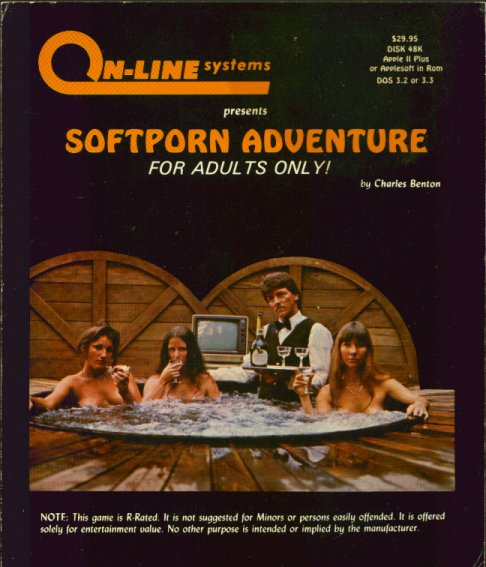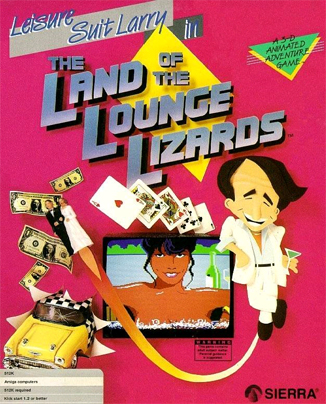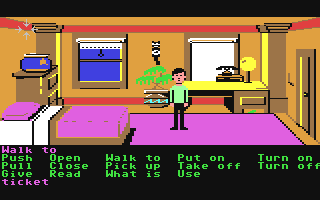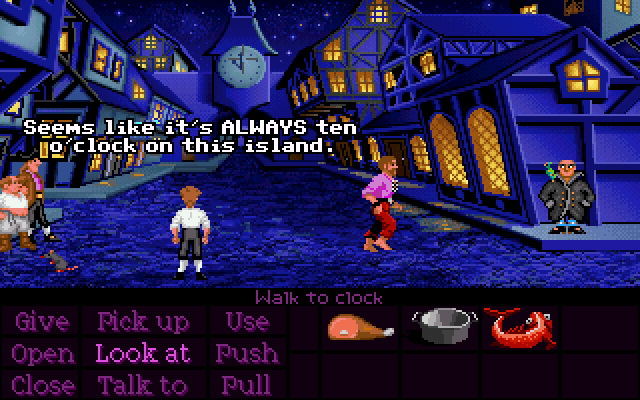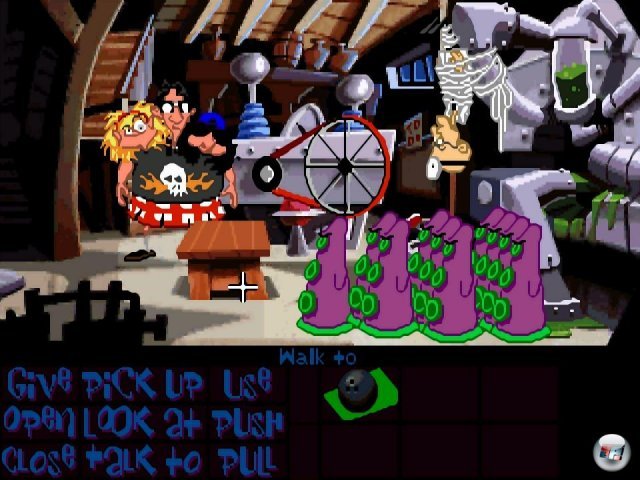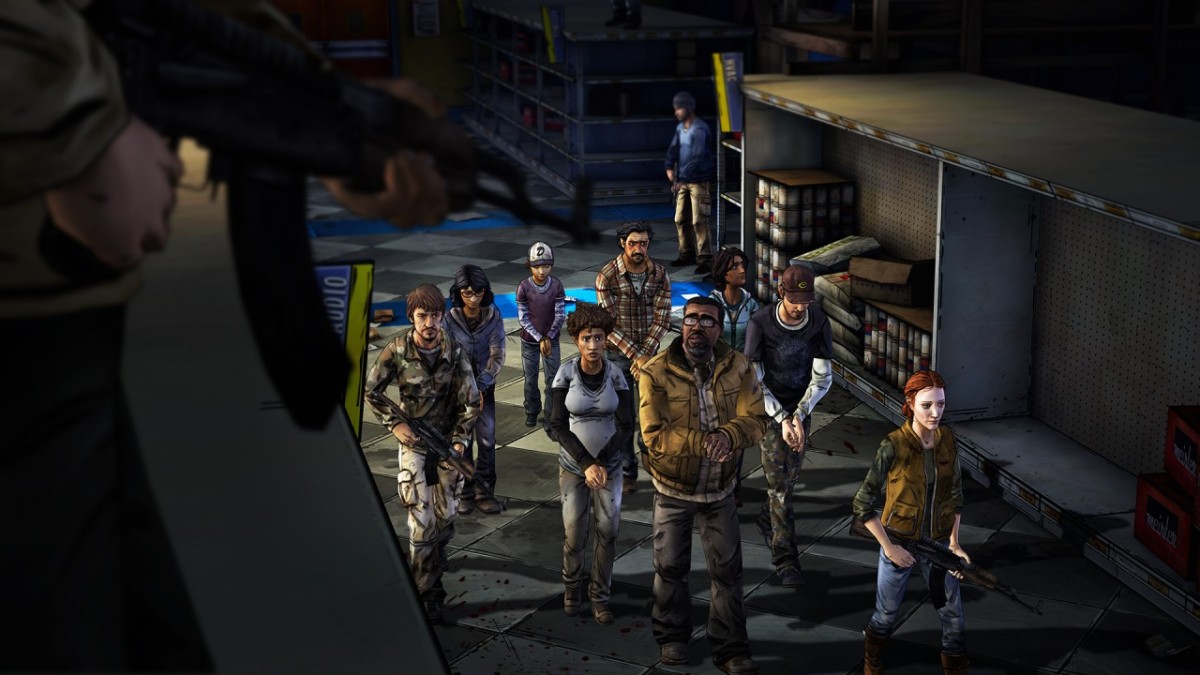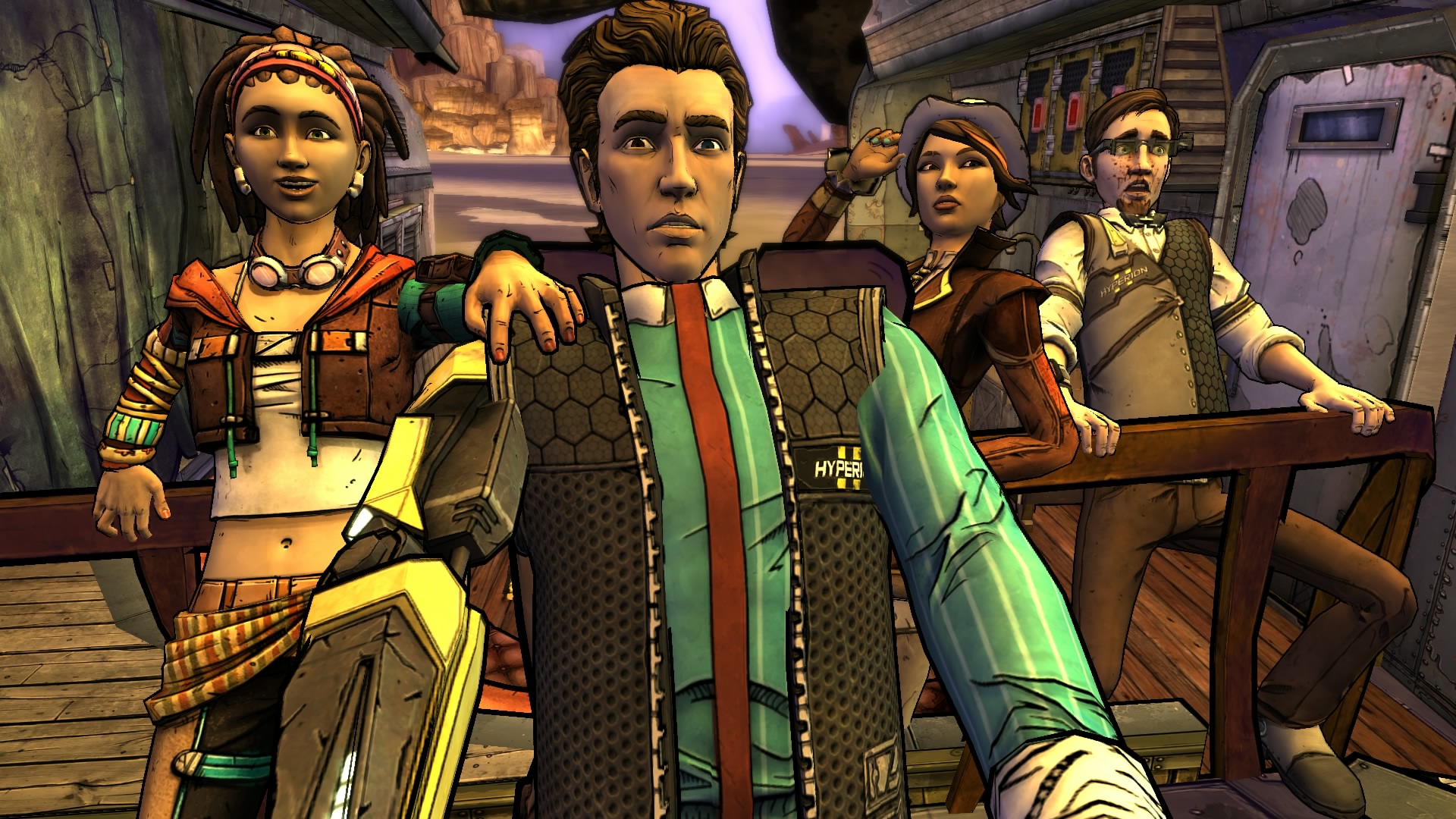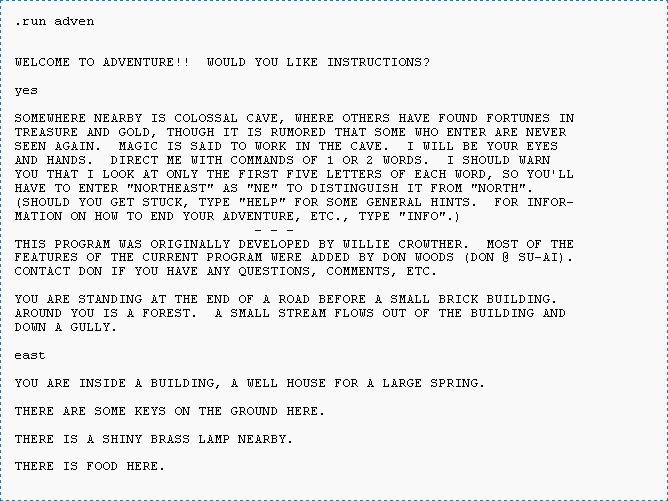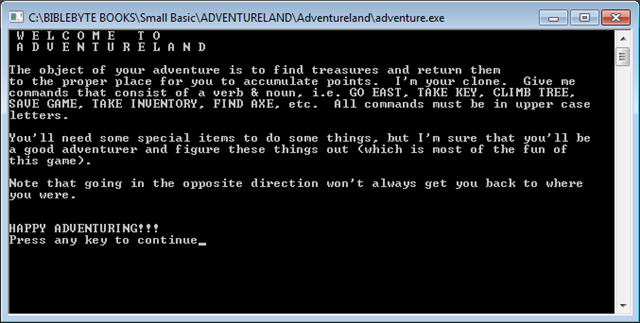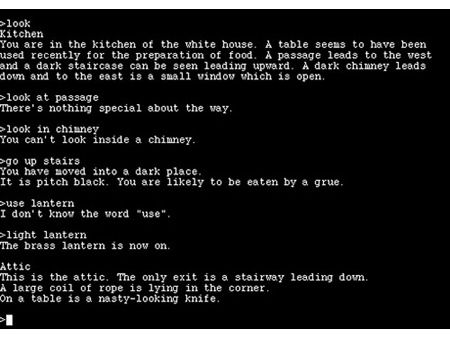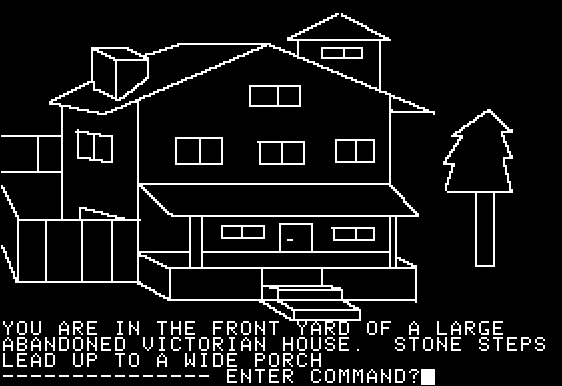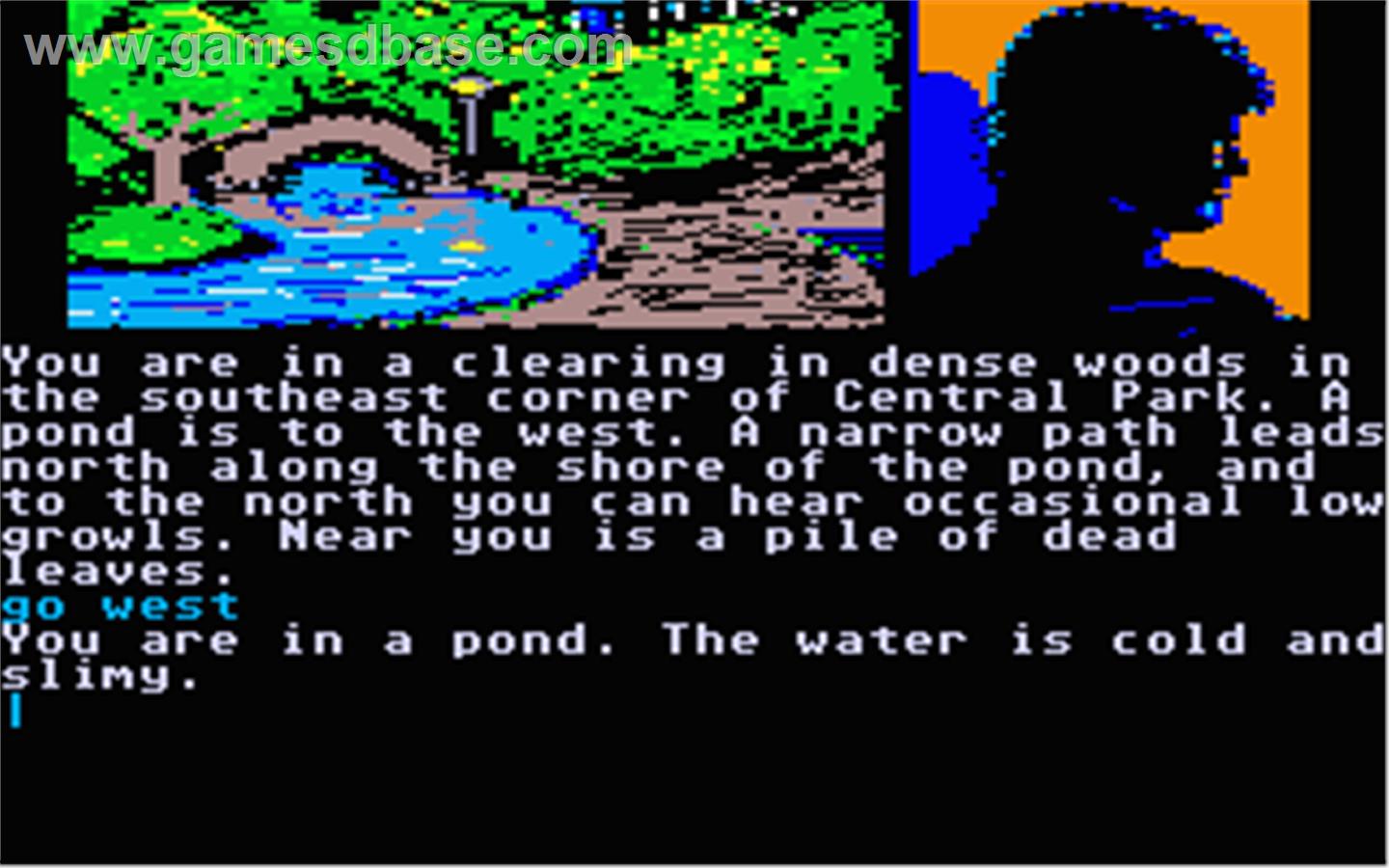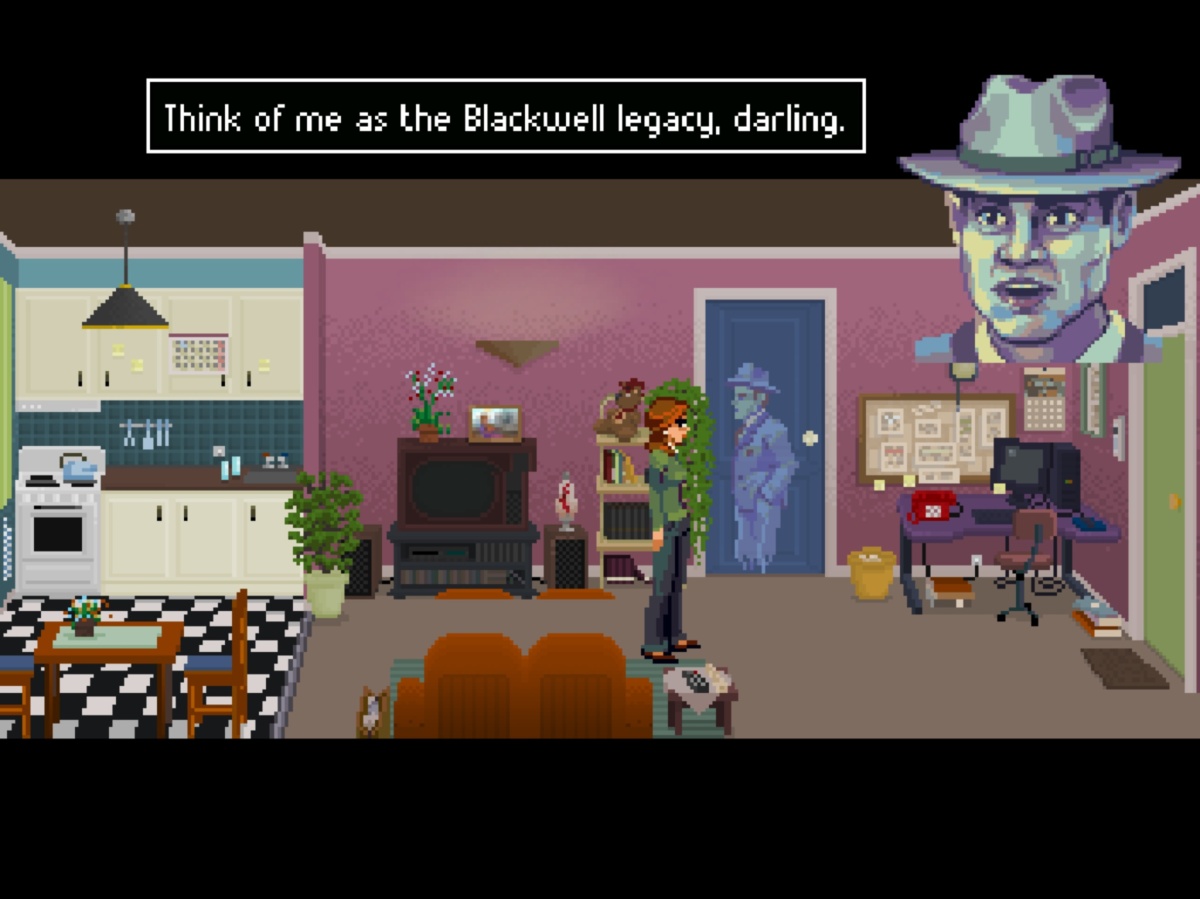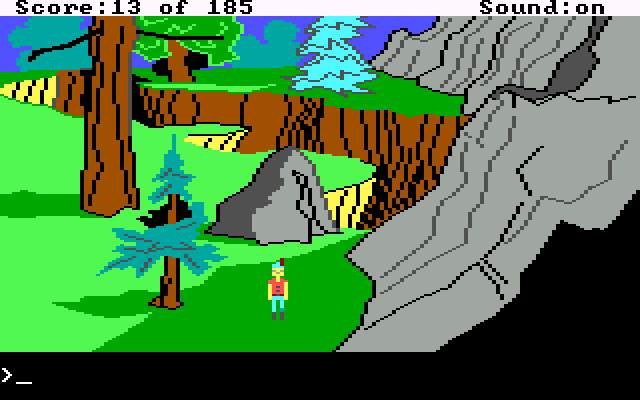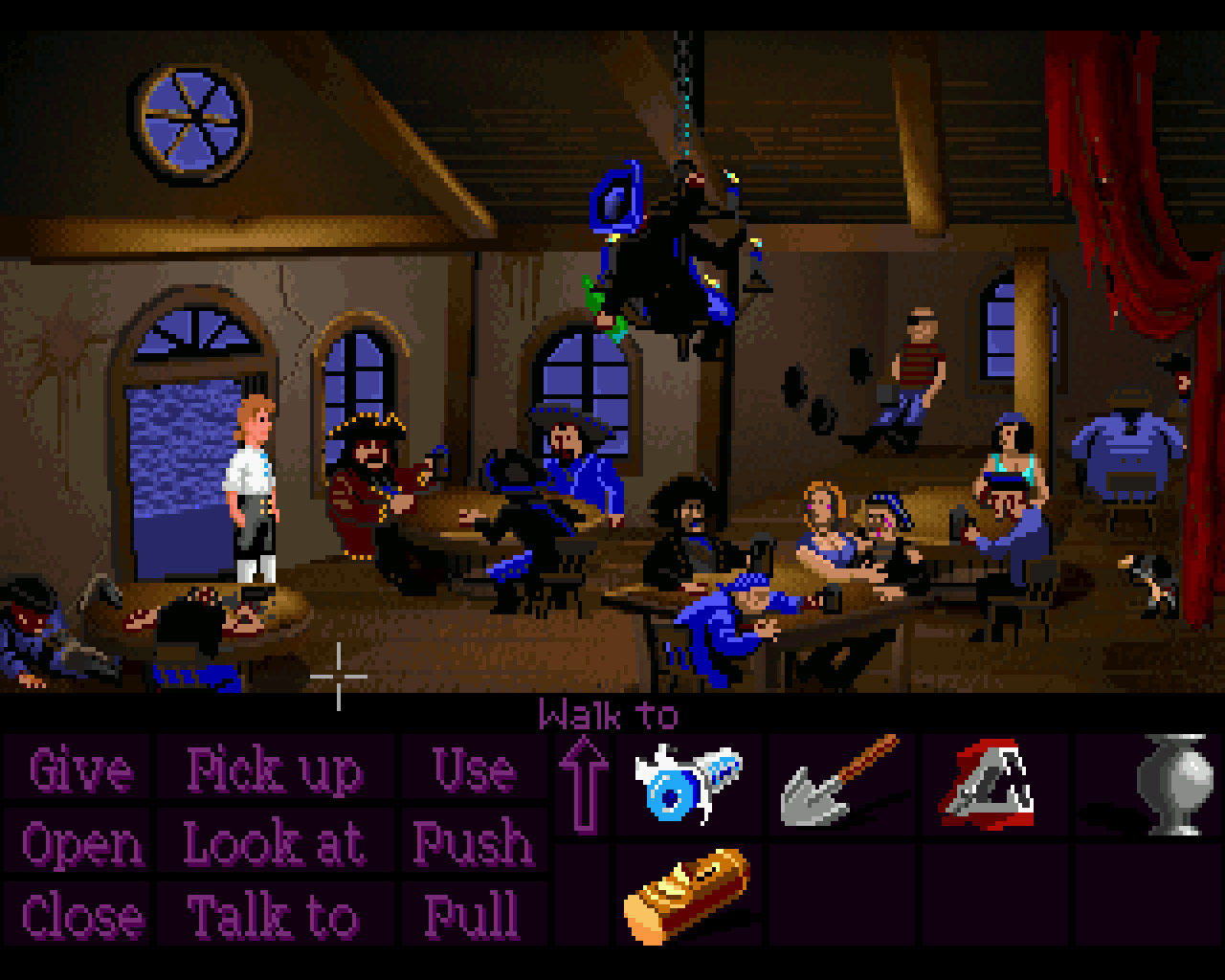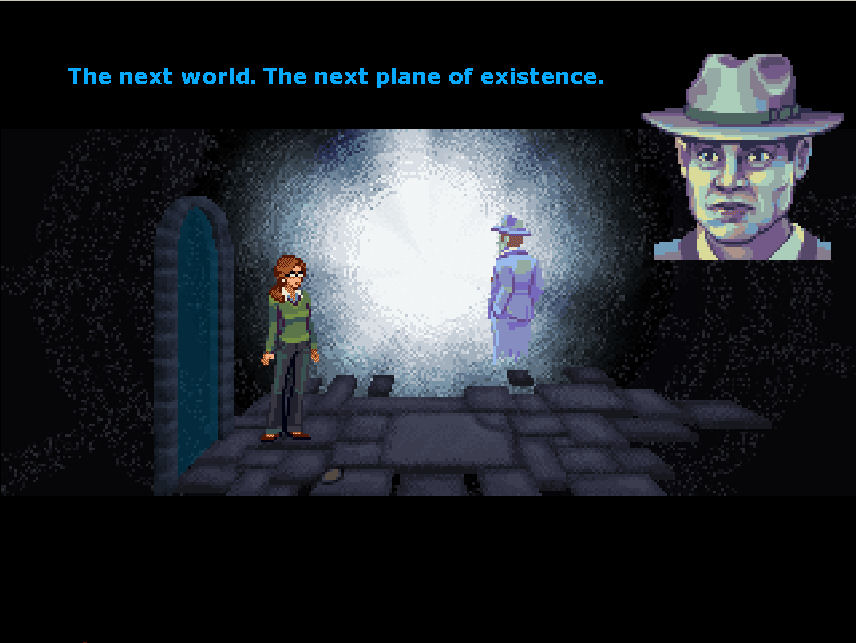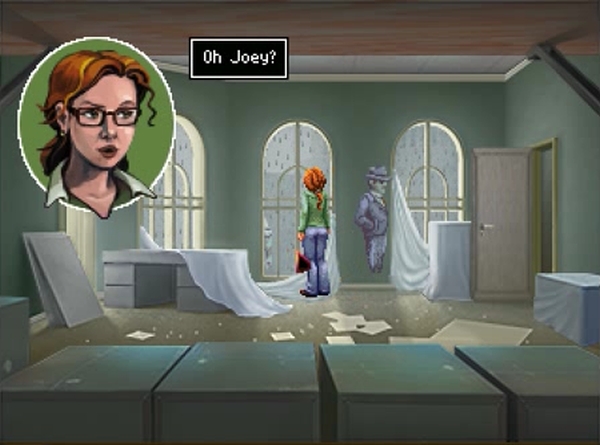Excuse #1: There is no Excuse #1.
Excuse #2: See Excuse #1.
Of course, I don’t need excuses for not writing about last year’s games. I write a gaming blog and therefore I write about the games that I want to write about. I’m not a journalist. Ergo, there’s no reason that I have to write about any games here unless the spirit moves me. The problem is that I kinda wanted to write about my favorite games of 2019. But the spirit, that mysterious compulsion that makes me want to state my opinions about games for readers who may or may not want to hear those opinions, just wasn’t there last year. I’ve been having trouble getting it back in 2020.
Compounding my lack of motivation is the fact that I didn’t play enough 2019 games until 2019 melted its way into 2020. And there’s nothing more dispiriting than having to write about last year’s games this year. Last year’s games are literally yesterday’s news, even though I may still be playing them. The truth, though, is that my opinions about those now-bygone games have become much stronger in 2020 and damned if I’m not feeling the compulsion to write about them at this very moment. So, if you’ll indulge me, I’d like to blather on about them now — on the assumption that you, like me, are still playing last year’s games.
So let’s take a plunge back into the halcyon days of 2019. You know — when Covid-19 wasn’t forcing you to stay indoors as much as possible and the U.S. election wasn’t looming over us like the sort of end-of-the-world scenario that most games take as their starting point. Here are the 2019 games that I liked, loved, or at least found interesting over the last 20 months. (Click on the headers for game trailers, some of which are inexplicably dated 2018.)
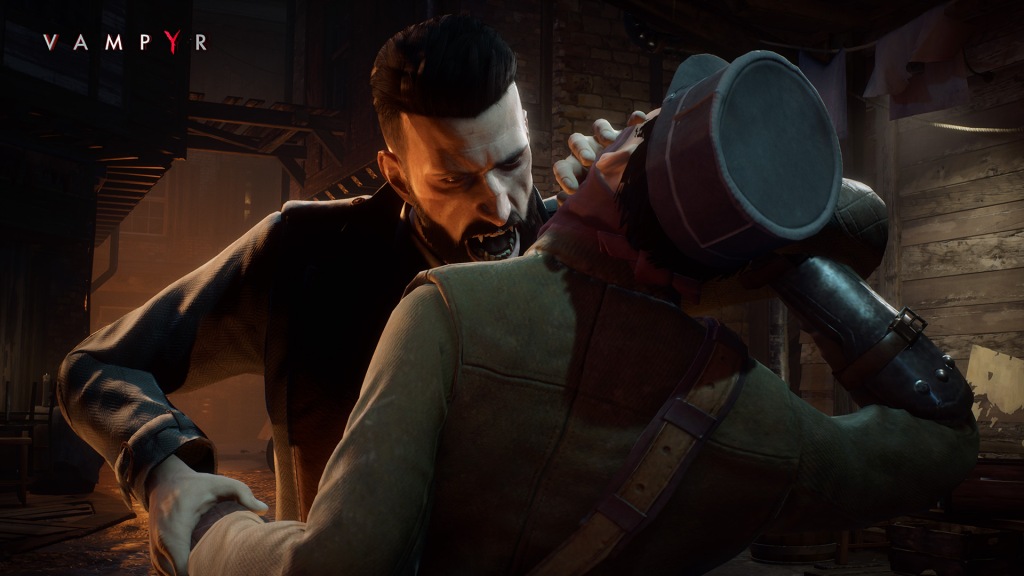
This was, technically, a 2018 game, but damned if I remember being aware of it at the time. I was initially put off by the reviews that suggested it was ugly, clunky and awkward to play. My initial impression confirmed that assessment, yet I found myself drawn into it more and more deeply, once I’d gotten past the world’s most poorly animated introductory chase scene. Your character, a London-based doctor turned vampire during the 1918/19 flu pandemic (talk about accidental relevance), is a lumbering mannequin, voice-acted with stiff ponderousness by Anthony Howell (who is a great deal less stiff in Call of Cthulhu, about which more below).
The joy of Vampyr is its unique role-playing mechanics. You gain XP by drinking the blood of innocent victims, which is antithetical to the role of a doctor who seems sincere about wanting to save patients. This increases the chaos level of London neighborhoods already thrown into reckless abandon by the pandemic itself. To lower the chaos you have to help the sick and dying, but that’s difficult when you need to drain their blood in order to fight less conscientious vamps who would as soon bite your neck as help you maintain order. There are also vigilante vampire hunters who will attack you on sight, though for some reason you never get the opportunity to suck them dry, maybe because that would make it too easy to win the game.
The skills you acquire from your blood feasts are mostly bloodsucker oriented, like the ability to get more blood per bite. My favorite mechanic, which took me a while to understand, is your ability to store up blood and trade it off at strategic moments for hit points. There are plenty of fights that I would have lost if I couldn’t give myself an extra dose of life (or undeath) just as I was about to pass from my undead condition to a truly deceased one.
Even the game’s drawbacks — the stiff animations, the ugly character models, the somber musical score, the drab environments — add an appropriate sense of creepiness to a dark time in history made even darker by the vampire plague running concurrently with a very real one. Vampyr may be a matter of taste for gamers, but if it sounds like something you’d like, go for it.

I really wanted to like this game. I fell in love with H.P. Lovecraft’s fiction when I was 16 and have had an affection for his work ever since. He hasn’t been treated well by computer games, though, which miss the cosmic horror and overwhelming dread of his best, mostly later works. This was an official adaptation of the Chaosium role-playing game, though, and looked like it might actually, at long last, get Lovecraft right.
It starts out well. A dissolute detective (voice-acted once again by Anthony Howell, whose sonorous tones give the character a morose authority) is hired by a wealthy client to find out the real cause of his daughter’s death, which leads him to a creepy, Innsmouth-like whaling town. The detective, who has his own mysterious past, finds himself drawn into the town’s history, which he can plumb using a supernatural ability that allows him to reconstruct the past one event at a time. This is fun and there’s a cool underground tunnel of the sort Lovecraft loved to throw into his fiction, leading to a dark cave full of chanting cultists.
Unfortunately, the second half of the game feels rushed, as though developer Cyanide was being reminded by publisher Focus Home Interactive that they had a deadline coming up and were wasting precious time making the game, oh, good. It then devolves into a series of chase scenes, mostly non-interactive, where the detective is either chasing someone or being chased himself.
The real cosmic horror doesn’t arrive until the end. Apparently there are multiple endings, but mine involved the eponymous monster, who shows up on screen for a fraction of a second, just long enough to tell that he’s really, really big. It wasn’t worth waiting for.

This is the game I had most looked forward to in 2019, a brand new Obsidian RPG with a space-western vibe and a semi-open-world that looked like it was written with precisely me in mind. But as RPGs go, it’s weak tea. The central conceit of a galaxy run by corporations is certainly ripe for the game’s comedic treatment, but the send-ups of corporate branding play like something any decent Mad Magazine writer could have conceived as filler material on a slow weekend. The advertising jingles, which are played over and over by vending machines, get boring fast and the constant promotional pitches from the other characters aren’t exactly the screamingly funny parodies that the writers must have thought they were.
The RPG mechanics are okay, but sufficiently unmemorable that I don’t remember now what they were. (There’s a nice, slo-mo fight mechanic that comes in handy when you’re overwhelmed by enemies.) The environments are pretty in a cartoonish way, but are repetitive in the way that too many open game worlds seem to be. The puzzles are pretty good, but not much more. It’s worth playing, and I’ve enjoyed it well enough, but it isn’t game-of-the-year material.
As for Obsidian in general, their games often stand trembling at the threshold of greatness, but have yet to quite make it over the threshold. Their high point is still Fallout: New Vegas and that’s a decade old. (I like Pillars of Eternity. I really do. I just think they can do better.) I’m hoping that, with Microsoft infusing them with the big bucks, they’ll finally produce the great game I’m convinced they’re capable of, maybe in that open world fantasy RPG they’ve been teasing. I’ll be waiting.

This game has a wonderful premise that reminds me of Philip K. Dick by way of Arthur “The Great God Pan” Machen. There exists a reality beyond our reality and heroine Jesse Faden has stumbled into it. The game takes place inside the “Oldest House,” a New York building that only exists if you know to look for it. Ir’s the headquarters for the Federal Bureau of Control, which studies AWEs — altered world events — that seem to be created by Objects of Power (e.g., Excalibur, Mjolnir and Jesse’s shape-changing “service weapon,” all of which seem to be aspects of the same object). As you make your way deeper into the Oldest House, you find more and more hints, in the form of memos and videos, that slowly explicate the game’s cryptic but fascinating mythology.
The problem is with the gameplay. Remedy Entertainment has gone back once again to the Alan Wake well, having Jesse pursued by phantom enemies that evaporate when shot. There are some decent puzzles along the lines of plugging mysterious “keys” into equally mysterious “sockets,” but the constant assaults by bureaucrats possessed by a demonic entity known as the Hiss get tedious fast. Reportedly Alan Wake himself appears in the DLC, so at least Remedy knows that they’re treading on old ground (or, as its more likely to be called these days, a shared universe).
I bought the game in part because I had a new GeForce RTX card and wanted to try out its ray-tracing capabilities, which the game supports. I’ve waited quite literally for decades to see genuine ray-tracing in a game, but the graphics don’t look any better than those in the best conventionally rendered games. There’s a muddiness to the textures, though there are some nice reflections in the polished marble floors. I’m still waiting, though, for a game that gets ray-tracing right.

The Metro series was a pleasant surprise when it first appeared a few years back, survival horror set in and around the Moscow subway system after a nuclear war. The games are graphically gorgeous, imbued with wonderfully comic Russian accents, and feature real stories populated with real people. Metro Exodus opens up the world by sending a few tunnel-bound survivors out into the Russian wilds on an aging steam engine, where it turns out there are still more survivors who never had to buy a subway token to outlast the bombs.
When this game is firing on all cylinders, it’s great. The developers have made a sincere attempt to vary its environments so that it doesn’t become too repetitive, but the story went on a bit too long for my tastes. Maybe the characters began to seem just a little too silly to be worthwhile company on the journey, but after a while I was just playing to see how it ends. I still haven’t gotten there. I’m fighting some kind of mutated bear monster with way too few bullets in my gun. But that’s survival horror for you: too many monsters, too little ammo. That may work in cramped environments, but in an open world it just gets frustrating.
Still, I give this one my personal recommendation. I doubt that any fan of open-world action games would regret the purchase.
Game I Played the Most

I’ve written about this game before and have the distinct impression that I liked it more than most people did, but damned if I didn’t find it to be one of the most compulsively playable games I’ve ever installed on a hard drive. It’s a bit on the short side compared to its predecessor, Far Cry 5, but it’s also cheaper than most AAA games, so take that into consideration. Despite its length, I’ve gotten more play hours out of it than almost any game except Hitman 2. It really shouldn’t be as replayable as it is, but I’ve been through it four times on my PC and twice on my XBox One X. There were months last year when I didn’t play anything else.
What makes it so replayable? Aside from the smooth-as-silk shooter mechanics and the beautiful post-holocaust recreations of the buildings from Far Cry 5, I love the characters. Both the NPCs you bring to the game’s central village and the companions who fight alongside you are people I wouldn’t mind knowing in real life. If I were younger, I’d have a wild crush on Carmina Rye, who rescues you from the wreck of a train full of town-building specialists. And I’m pretty sure I already have a crush on her more age-appropriate mother, Kim. Also, I’d like to hang with Pastor Jerome, as well as the hippy-dippy self-medicating herbalist Selene (“rhymes with felony”) and pretty much everybody else except for Ubisoft’s inexplicably popular mascot, Hurk.
What I liked most about it, though, is that it takes the base-building, expert-recruiting mechanics of Far Cry: Primal and makes them relatable in a way that Primal‘s mechanics never were. Far Cry: New Dawn isn’t just about base building. It’s about building a community and a home, complete with pets and a rotating roster of folk singers. There’s a sweet harmony to the city of Prosperity, a sense of genuine love. In this year of rampant virii and racial strife, the place you end up building in Far Cry: New Dawn is a place I’d like to move into. Right now.
My Favorite Game of 2019

I’m not going to call this the Game of the Year because, well, there are a lot of games I haven’t played from last year. I find it hard to believe that there were any games better than this one, though.
Outer Wilds was a surprise, a delightful one. I had no idea what to expect when I started playing it and, even if I had, I seriously doubt that I would have expected what I got. Outer Wilds manages to integrate so many different genres into its gameplay: It’s an astronomical simulation. It’s a spaceflight simulation. It’s an adventure game. It’s a puzzle game. It’s an exploration game. It’s freakin’ Groundhog’s Day, for God’s sake!
And it manages to be all of those things without breaking a sweat. It feels effortless, like it wasn’t so much designed as grown organically (and from what I’ve heard about its development, this is pretty much what happened). I want to live in the world of Outer Wilds almost as much as I want to live in New Dawn‘s Prosperity. It’s…peaceful. Right up until it isn’t.
I’ll give you the short version of its premise. You’re an astronaut flying a wooden spaceship developed by a low-tech civilization that lives in a densely forested crater on a small (very small) planet. Your job is to explore the local solar system and find evidence of earlier visitations from somewhere beyond the void. After 22 minutes of flying around, the sun goes supernova, you die, and the game ends.
Well, no, it doesn’t actually end. You wake up back at the game’s beginning, ready to go off exploring again. Pretty soon you realize that this is going to keep happening and that you have to do as much exploring as you can in 22 minutes, building on the knowledge gained during previous trips through the time loop.
One of the most ingenious aspects of Outer Wilds is how small the solar system is. Though the spaceflight physics feel realistic, you can zip around between planets and moons with sufficient speed that you can cover a lot of ground, er, space in those 22 minutes. And as small as it is, the solar system is packed with surprises, all of which start adding up to an unexpected story that you piece together one clue at a time.
Possibly my favorite thing about the game, though, is the folksy, crater-based town where it starts. It’s like a bucolic New England village from the early 20th century that just happens to be populated by friendly, banjo-playing aliens. These aren’t the sort of people who’d likely invent spaceflight, but somehow they did and gamers are the better for it. It’s a home worth coming back to…every time you die.
